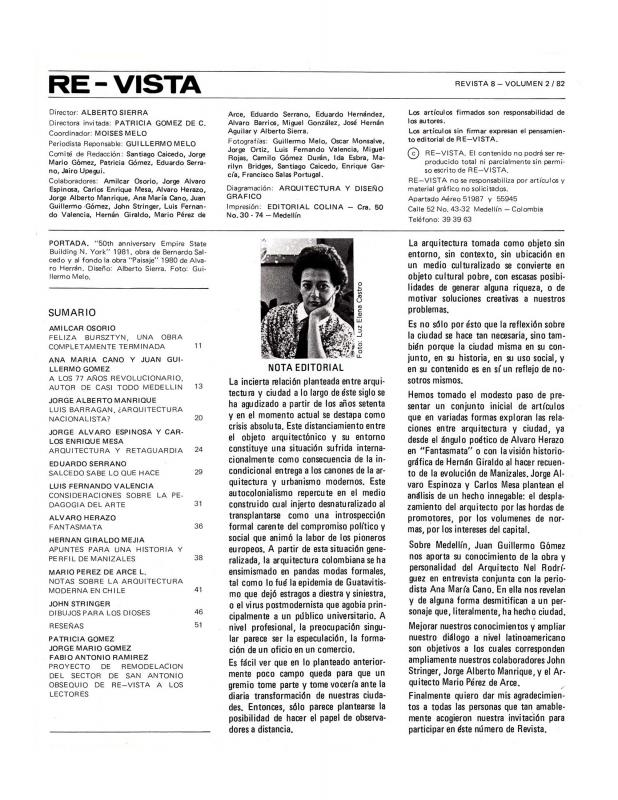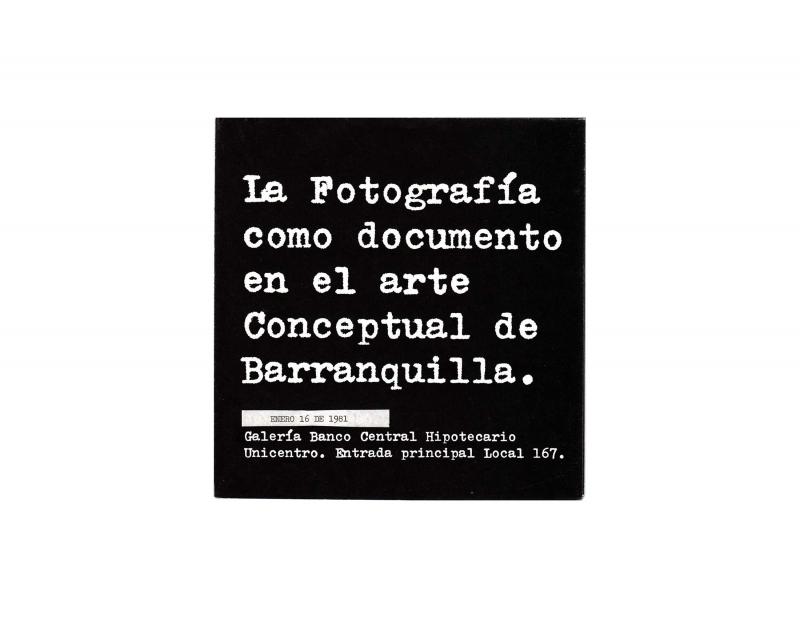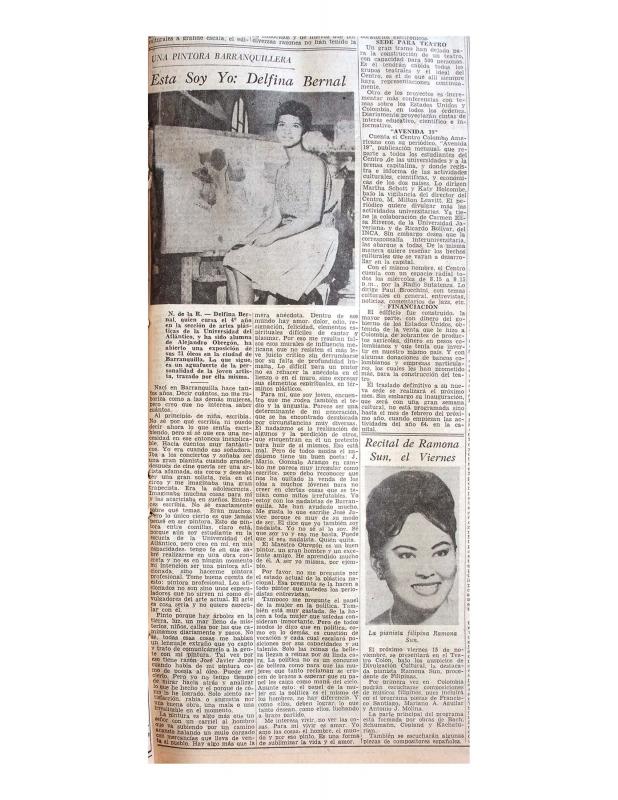“Sara Modiano: Orden y Geometría” (1979) is an important document that helps to understand how the work of Sara Modiano (b. 1951) came to be accepted within the context of the visual arts in Colombia in the late 1970s based on its discourse that was inspired by geometric abstraction. In this article, Modiano acknowledges the influence of 1950s (North) American abstract art on her work, and states that the open, positive acceptance of her geometric work in academic circles at the time helped to launch her career as an artist. Here, Modiano frankly and firmly expresses her opinions concerning what happened in the 1970s, when a dialogue between New Figuration and academic abstraction began, and process art (or, the art of ideas) was being discussed in art circles in Colombia. She calls “Figurativism” a barrier to understanding art in those days, and claims that, thanks to the historical context, artists—regardless of their figurative or abstract affiliation—were being obliged to think more, and should therefore be appreciated. Modiano identifies the Colombian “Figurativist” Álvaro Barrios (b. 1945) as an influential friend and colleague. She refers to happenings and new trends (NT) as being more complex processes for the creation of art, and criticizes the lack of visual education established by “Figurativism” as the sine qua non of quality for the acceptance and promotion of a work of art beyond the confines of specialized circuits.
It should be noted that Modiano played a significant role as a cultural promoter during the 1980s in Barranquilla when she opened “Sara Modiano,” an alternative space devoted to the exposure of contemporary art in that city. This was where artists such as Álvaro Herazo (1942–88) [see doc. no. 1131063; doc. no. 1100220; and doc. no. 1100675] and Delfina Bernal (b. 1942) [doc. no. 1131111; and doc. no. 1131256]—both of whom were members of the Grupo 44 of Barranquilla—were able to stage their first performances and happenings. It is also interesting to learn details of Modiano’s introduction to the visual art world and her experiments with figuration; these stories reveal the mathematical and rationalist nature of her compositions during this particular period.
Modiano currently (in 2010) lives and works in Miami, USA, where she is a freelance artist developing her performance art and her sculpture.





